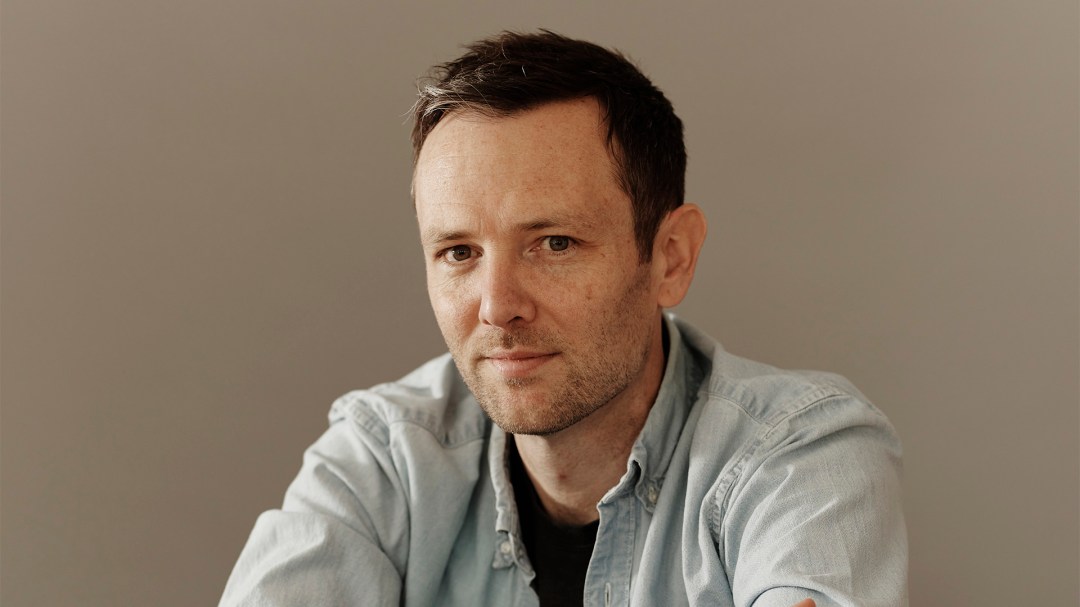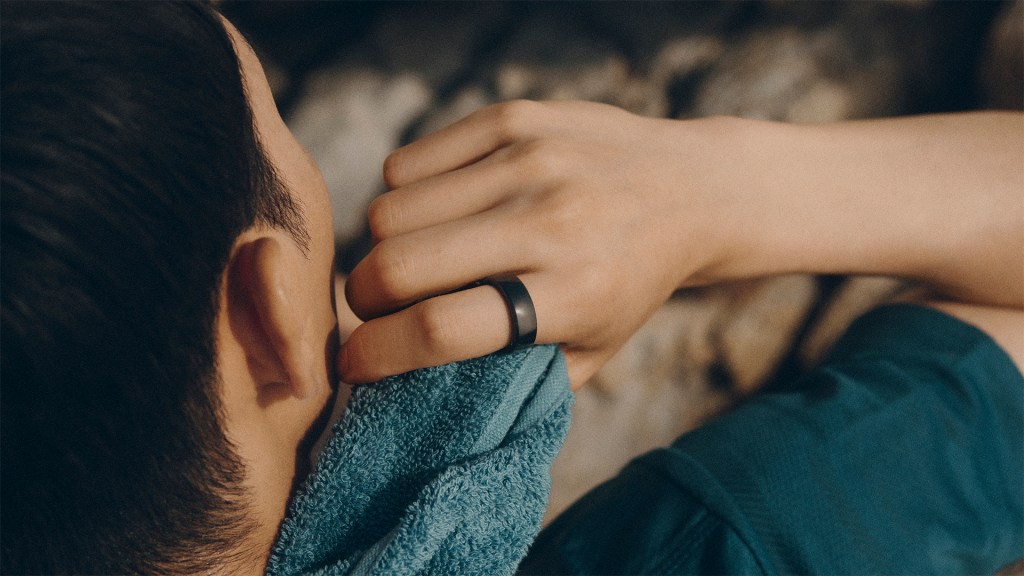Stuff meets: Jason Russell from Ōura Ring

We focused on sleep first and then Ōura Ring moved into overall health monitoring.
While many wearables started with activity and fitness, Ōura focused first on sleep because sleep is a daily habit, and perhaps the most impactful daily practice on overall health. As a result of prototypes and iterations over the years, the ring’s form continues to provide accurate insights without being disruptive, especially during sleep. Since then, Oura has evolved to provide an even more comprehensive picture of one’s health through Gen3 features, such as Daytime Heart Rate, Workout Heart Rate, Blood Oxygen Sensing (SpO2), Period Prediction, and more.
Wearing the ring feels like gaining night vision.
We spend a third of our lives asleep, but we are blind to what’s happening during that time. By wearing an Oura Ring, I get a deep and broad understanding of what’s happening in my body throughout the night and how much benefit I’m getting from my sleep, in terms of restoring my body and feeling productive and energetic the next day.
The Readiness Score provides a holistic view of health.
It is a cumulative score, ranging from 0-100, that takes into account your recent activity, sleep patterns, and direct body signals, like resting heart rate, heart rate variability, and body temperature. ŌURA members can interpret changes in their Readiness Score to determine if they are ready to face greater challenges or if they should prioritise recovery and rest. If a member notices their Readiness Score is particularly low, they are able to adjust their daily habits and/or turn on Rest Mode, which pauses activity goals to allow them to prioritise rest and recovery. While many wearables focus on one day, we believe that health is a journey for long-term balance and supports that exploration over time.
Blood Oxygen Sensing is one of our latest features.
The Oura Ring measures SpO2 by utilizing red and infrared LED sensors to analyse and report two key insights: your average blood oxygen and your breathing regularity while you sleep. While the Average Blood Oxygen feature measures the percentage of oxygen in your blood, the Breathing Regularity feature can detect suspected breathing disturbances, or drops in your average blood oxygen levels, throughout the night.

Biometric data is tracked via red, infrared, and green light sensors.
While most wearables use green light LEDs, the Oura Ring uses red, infrared, and green light sensors to track your biometric data. These sensors work by sending light from different wavelengths into tissue and measuring how that light is received on the other end. This provides valuable information related to our cardiovascular system, as it can detect variations in blood volume and related rhythms. Oura uses infrared sensors to track your biometric data while you sleep, including heart rate, respiratory rate, and heart rate variability, green light sensors to track Daytime Heart Rate and Workout Heart Rate, and red/infrared sensors to power overnight SpO2.
The Oura Ring also contains an accelerometer sensor that sits on your finger, enabling highly sensitive activity detection for even subtle night-time movement and a sophisticated NTC temperature sensor that can account for temperature changes inside the ring’s hardware, while precisely measuring from your skin every minute.
For me, the product acts like It’s a bridge back to my whole self.
I think in the broadest sense it’s helped me be a more fully embodied person. We live in an age where much of our daily experiences are built around our brains. With remote work, we are interacting from the neck up and our bodies are stationary. Our digital lives revolve around media designed to captivate our minds, and there are trends toward spending increasingly more time in virtual worlds that leave our bodies out of the equation entirely. By contrast, every time I open the Oura app it is pointing me back to my body and reminding me of its hidden processes and how it responds to the various ways I spend my time.
Also read Stuff Meets: Jack Saunders


